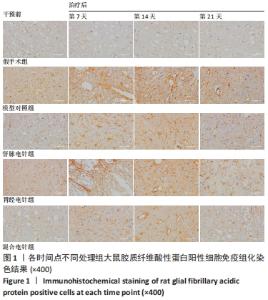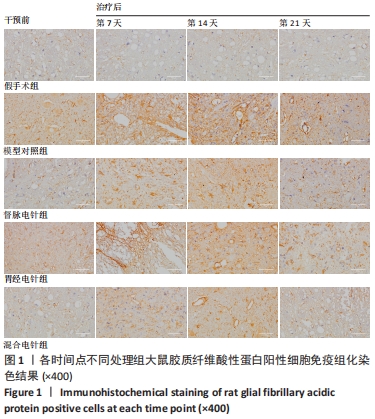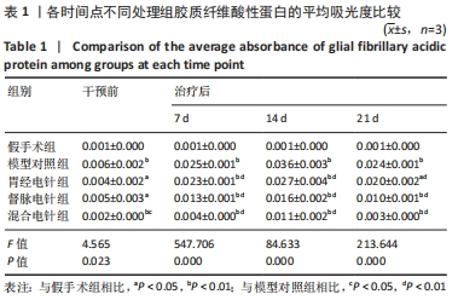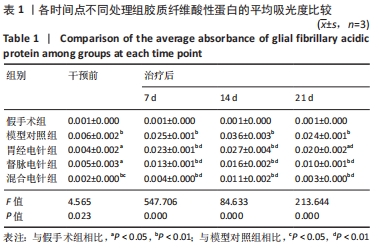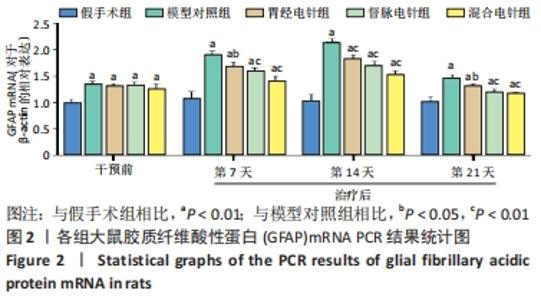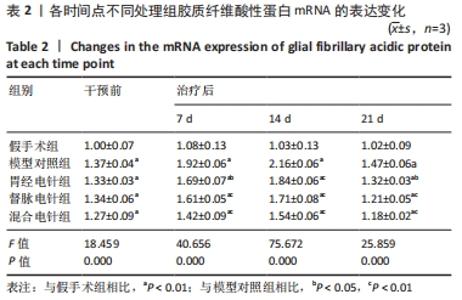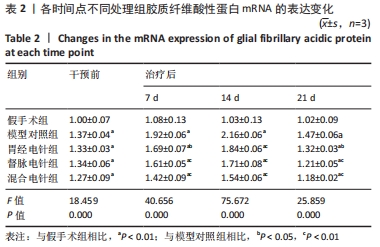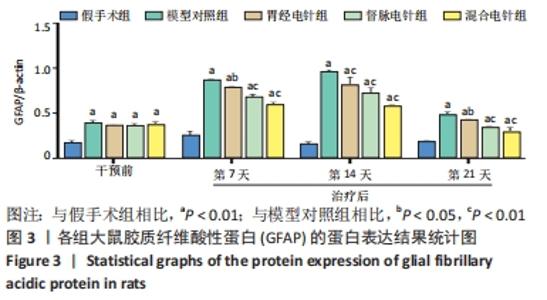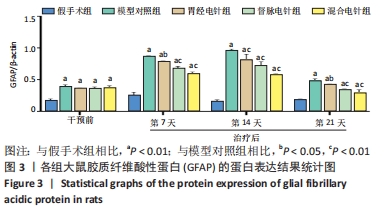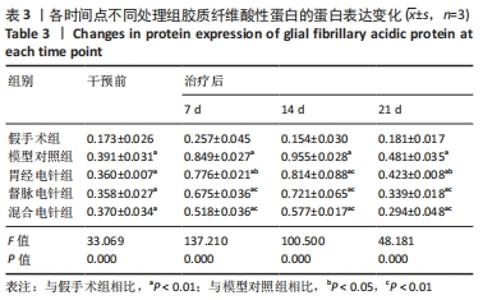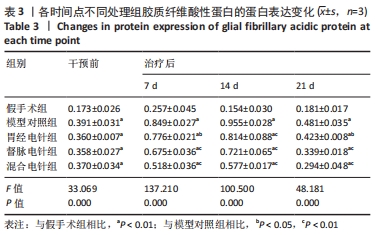[1] HUANG Q, DUAN W, SIVANESAN E, et al. Spinal Cord Stimulation for Pain Treatment After Spinal Cord Injury. Neurosci Bull. 2019;35(3):527-539.
[2] 滕海军, 王严, 谢东, 等. 脊柱脊髓冲击伤的研究进展[J]. 中国脊柱脊髓杂志, 2017,27(5):470-473.
[3] GOODES LM, KING GK, REA A, et al. Early urinary tract infection after spinal cord injury: a retrospective inpatient cohort study. Spinal Cord. 2020;58(1):25-34.
[4] KRISHNAN S, KARG PE, BONINGER ML, et al. Association between presence of pneumonia and pressure ulcer formation following traumatic spinal cord injury. J Spinal Cord Med. 2017;40(4):415-422.
[5] HU X, LU Y, YANG Y, et al. Progress in clinical trials of cell transplantation for the treatment of spinal cord injury:how many questions remain unanswered. Neural Regen Res. 2021;16(3):405-413.
[6] 叶佳美, 胡晓敏, 王丽群, 等. 间充质干细胞治疗脊髓损伤的可视化分析[J]. 中国康复理论与实践,2020,26(4):400-406.
[7] FAN B, WEI Z, YAO X, et al. Microenvironment Imbalance of Spinal Cord Injury. Cell Transplant. 2018;27(6):853-866.
[8] MOHAMMAD-MASOUD Z, JAMES H, FEHLINGS MG. The Functional Role of Spinal Interneurons Following Traumatic Spinal Cord Injury. Front Cell Neurosci. 2020;14:27.
[9] SUTHERLAND TC, GEOFFROY CG. The Influence of Neuron-Extrinsic Factors and Aging on Injury Progression and Axonal Repair in the Central Nervous System. Front Cell Dev Biol. 2020;8:190.
[10] CHAO Z, ZHAO Y, ASIF M, et al. Inhibition of astrocyte hemichannel improves recovery from spinal cord injury. JCI Insight. 2021;6(5):e134611.
[11] 王选康, 胡学昱, 王哲. 星形胶质细胞在脊髓损伤中作用的研究进展[J]. 中国脊柱脊髓杂志,2020,30(8):751-757.
[12] 熊薇, 袁娅金, 张桂仙, 等. 中枢神经系统损伤后胶质瘢痕形成的机制及其对神经修复的影响[J]. 中国细胞生物学学报,2020,42(10):1876-1883.
[13] LIN NH, YANG AW, CHANG CH, et al. Elevated GFAP isoform expression promotes protein aggregation and compromises astrocyte function. FASEB J. 2021;35(5):e21614.
[14] WISLET-GENDEBIEN S, LEPRINCE P, MOONEN G, et al. Retraction: Regulation of neural markers nestin and GFAP expression by cultivated bone marrow stromal cells. J Cell Sci. 2021;134(2):jcs258324.
[15] 闫兆东, 朱华亮, 黄健. 督脉论治脊柱病的研究进展[J]. 中国中医骨伤科杂志, 2018,26(11):81-84.
[16] 吴凡, 许权, 周宾宾, 等. 电针刺激脊髓损伤大鼠足阳明胃经脊髓受损节段Bax、Bcl-2的mRNA和蛋白的表达[J]. 中国组织工程研究,2020,24(26):4169-4175.
[17] 张鸿升, 魏卫兵, 周宾宾, 等. 电针干预脊髓损伤大鼠受损节段缺氧诱导因子1α、血管内皮生长因子的表达[J]. 中国组织工程研究,2020,24(11):1701-1707.
[18] 吴俏锋, 周宾宾, 魏卫兵, 等. 电针夹脊穴和足阳明胃经穴对脊髓损伤大鼠下肢神经功能恢复和突触素Ⅰ的影响比较[J]. 中国康复理论与实践, 2019,25(12): 1425-1433.
[19] 余曙光, 徐斌. 实验针灸学[M]. 北京: 人民卫生出版社,2012:277.
[20] 胡小莉, 李锐, 叶军明. 生长因子修复脊髓损伤的疗效及其机制[J]. 中国生物化学与分子生物学报,2020,36(7):766-775.
[21] 李星, 李佳音, 肖志峰, 等. 脊髓损伤后胶质瘢痕在神经再生过程中作用的探讨[J]. 中国修复重建外科杂志,2018,32(8):973-978.
[22] LAGOS-CABRÉ R, BURGOS-BRAVO F, AVALOS AM, et al. Connexins in Astrocyte Migration. Front Pharmacol. 2019;10:1546.
[23] BETANCUR MI, MASON HD, ALVARADO-VELEZ M, et al. Chondroitin Sulfate Glycosaminoglycan Matrices Promote Neural Stem Cell Maintenance and Neuroprotection Post-Traumatic Brain Injury. ACS Biomater Sci Eng. 2017;3(3):420-430.
[24] LIN NH, YANG AW, CHANG CH, et al. Elevated GFAP isoform expression promotes protein aggregation and compromises astrocyte function. FASEB J. 2021;35(5):e21614.
[25] HALDER SK, MILNER R. The GFAP Monoclonal Antibody GA-5 Identifies Astrocyte Remodeling and Glio-Vascular Uncoupling During the Evolution of EAE. Cell Mol Neurobiol. 2021. doi: 10.1007/s10571-021-01049-8
[26] JARA JS, AGGER S, HOLLIS ER 2ND. Functional Electrical Stimulation and the Modulation of the Axon Regeneration Program. Front Cell Dev Biol. 2020; 8: 736.
[27] XING Y, ZHANG M, LI WB, et al. Mechanisms Involved in the Neuroprotection of Electroacupuncture Therapy for Ischemic Stroke. Front Neurosci. 2018;12: 929.
[28] 李思思, 屠文展, 钟燕彪, 等. 神经胶质细胞在电针治疗神经病理性疼痛中的作用研究进展[J]. 针刺研究,2016,41(4):369-372.
[29] 张英健, 王国强, 安忠诚, 等. 脊髓损伤电刺激治疗的研究进展[J]. 中华创伤杂志,2019,35(11):1044-1050.
|
